History
Our
journey

Starting where kaartdijin (knowledge) began, The University of Western Australia sits on sacred soil alongside the Derbal Yerrigan (Swan River) on Whadjuk Noongar Booja.
It has been a place to gather and learn for tens of thousands of years, sharing life lessons through stories that have been passed down from generation to generation of the world’s oldest continuous culture.
Established as the State’s first university in 1911 and founded with a mission to ‘advance the prosperity and welfare of our communities’, the University opened in 1913 to just 184 students. Today, more than 28,000 students are enrolled from 115 countries.
Since our beginnings, UWA has blazed the trail in producing remarkable and life-changing contributions across learning, teaching and research. But our University is more than simply a centre for education and research.
For more than 100 years, we have contributed to the intellectual, cultural and economic development of Western Australia, the nation and our world. We have forged and embraced connections with community, partners and industry to ensure our impact is far reaching, both now and into the future.
We’re continuing to make our mark on the world and our students are vital in this journey. UWA students contribute to society in ways that tackle our world’s most pressing challenges. From health and social inequalities to the environment and climate change, our passionate community of students, academics and researchers are partnering with industry to help solve these complex challenges.
Our motto ‘Seek Wisdom’ is as relevant today and into the future as it was when it was adopted by the UWA Senate in 1912. We remain committed to this, as we continue to encourage our students and staff to push beyond the bounds of what is known and what is possible.
Our
heritage
Longstanding Indigenous knowledge and culture provide a rich and unique lens through which we can view and understand our environment. The maali (black swan) stands proudly on the UWA coat of arms as our community stands proudly as thought leaders and creators, sharers of knowledge and seekers of wisdom. The story of the swan has been shared by Dr Richard Barry Walley OAM. Dr Walley is a Nyoongar man and respected lecturer in Aboriginal culture. We acknowledge and thank Dr Richard Walley for sharing these stories.
The river
story
During the Dreaming, the Waugul, or Rainbow Serpent, was the creator – the giver of life.
The Waugul made its way from the Darling Scarp to the Indian Ocean, leaving a trail of contours behind it. Every twisting movement scoured out the rivers, creeks, waterholes, lakes and valleys across Nyoongar boodja, the land of the Whadjuk Nation.
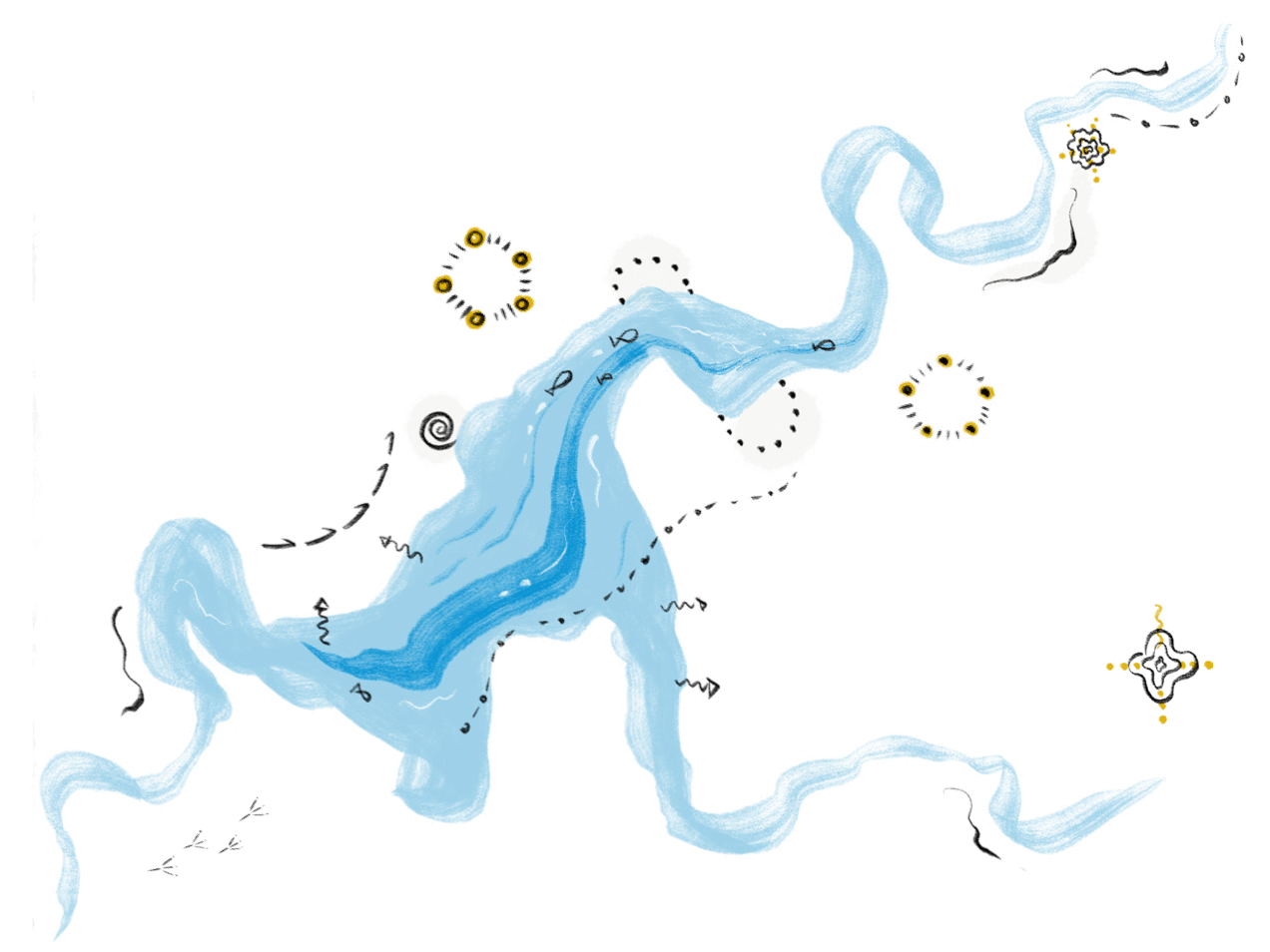
And so, the Waugul formed the Derbal Yerrigan, the Swan River, where it still resides today. The bilya, or river, is the umbilical cord of the land – a life force connecting Nyoongar people to boodja. So close is the connection, ‘river’ and ‘umbilical cord’ are known by the same name.
The river not only feeds bodies, but minds. Goordandalup (Crawley bay), on the Derbal Yerrigan, has been a place to gather and learn for tens of thousands of years. Sharing life lessons through stories that have been passed down from generation to generation of the world’s oldest continuous culture. UWA has the ultimate privilege of sitting on this sacred soil where kaartdijin (knowledge) began.
And just as the river flows through the Whadjuk Nation out into the Indian Ocean, and beyond, so too does our knowledge through the people that gather to learn at the University, and then venture out into the world. It is our past, present, and future.


The story of
the swan

Our university is a place to come home to – a nest – for our community.

The maali nurtures its cygnets until they reach their full potential, like UWA students grow and learn, nurtured by our whole community.

UWA students know wisdom doesn’t come easily. After all, the maali’s secret to gliding along the water is hard work beneath the surface.
Just as the maali fly together, safe and streamlined, our university is stronger as one, unified community.
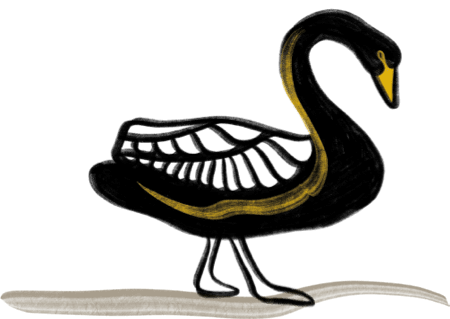
The maali (black swan) stands proudly on the UWA coat of arms, as our community stands proudly as thought leaders and creators, sharers of knowledge and seekers of wisdom.


The maali and Rose Window of Winthrop Hall entwine as a symbol of connection between UWA and the Indigenous communities.
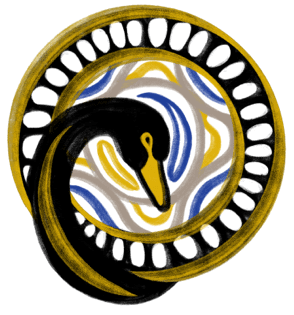
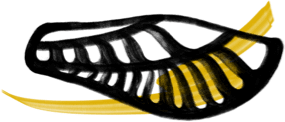
The maali’s wings are strong, just as we are all strong as individuals. But when we all come together, we are stronger than the sum of our parts.
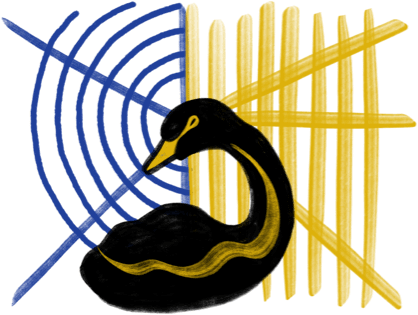
Here we bring together conventional linear perspectives and the Indigenous understanding of our world as cyclical and continuous. At UWA, these ways of learning come together.
UWA through the years
1910
Sir John Winthrop Hackett completes his work as chair of a Royal Commission which recommends that a university be ‘established’ in Western Australia.
1911
The University of Western Australia Act 1911 is passed by the WA State Parliament.
1913
Teaching commences in the Irwin Street buildings with 184 students in three founding faculties – Engineering, Science and Arts.
1914
Edward Sydney Simpson is the first student to graduate with a degree from UWA.
1916
Sir John Winthrop Hackett dies leaving a bequest to the University which eventually provides £425,000 ($35 million today)
1919
A 999-year lease commenced for UWA’s Crawley site.
Edward Sydney Simpson is the first student to earn a Doctorate of Science.


1923
First purpose built university building commenced on the UWA campus when construction of the former Biology and Geology building commenced on the Park Avenue site.
1929
Building begins on a 51-hectare site in Crawley.
1931
The first issue of PROSH newspaper, short for ‘procession’ and originally called SRUSS-SRUSS, is published. The popular student newspaper is produced each year and sold by UWA students around the streets of Perth to raise money for charity.
1932
Completion of the Hackett Memorial buildings including Winthrop Hall adjoining the main entrance to UWA, funded by the bequest from Sir John Winthrop Hackett.
The move of UWA from Irwin Street in Perth to the Crawley campus is completed.
1935
The University Text Books Board is established, renamed the University of Western Australia Press in 1953.
1945
William Somerville’s ‘cathedral of trees’ planted in 1927 is opened as an outdoor venue called Somerville Auditorium.
1952
Future Prime Minister Bob Hawke graduates and wins Rhode Scholarship to Oxford University.
1953
The Festival of Perth is launched, founded by Professor Fred Alexander, then Dean of the Faculty of Arts.
1971
Future Chief Justice of the High Court of Australia Robert French graduates in law from UWA.
1975
Two peacocks and three peahens are donated to the University by Laurence (later Sir Laurence) Brodie-Hill and Jean Brodie-Hall (UWA’s Landscape Architect). Initially introduced to Whitfeld Court, the birds made their home in the Arts Building where their offspring have lived ever since.
1983
Robert James Lee (Bob) Hawke, previous Guild President and UWA graduate, is elected Prime Minister of Australia (1983-1991), the first from UWA.
Professor Helen Milroy graduates and is recognised as the first Indigenous medical graduate in Australia.
1990
The Lawrence Wilson Art Gallery is opened, built as a result of donations amounting to $1.2million.
Graduate Carmen Lawrence becomes Premier of Western Australia (1990–1993) and the first woman to become a premier of a state of the Commonwealth of Australia.
1999
36 students enrol in UWA Albany. Courses offered are a part-time first-year enrolment in Arts and Science and a part-time enrolment in a Master of Education Management.

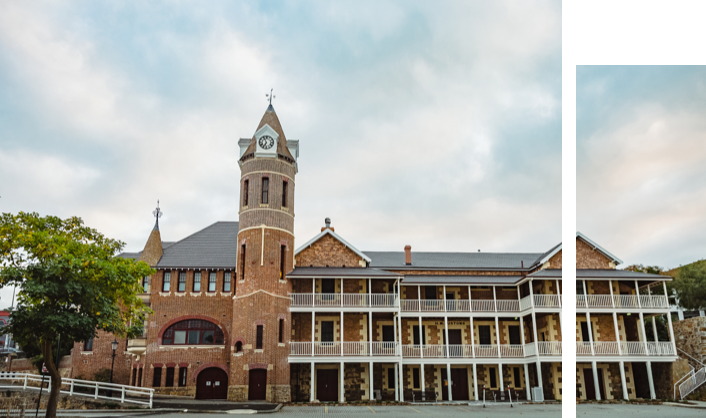
2005
UWA academic Professor Barry Marshall and Emeritus Professor Robin Warren, a pathologist at Royal Perth Hospital, are awarded the 2005 Nobel Prize in Physiology or Medicine for their discovery of the bacterium Helicobacter pylori.
2014
Forrest Research Foundation established following one of the largest ever philanthropic donations in Australian history, of $65 million by Andrew and Nicola Forrest.
2016
Professor David Blair leads team of UWA scientists as part of an international project team to detect gravitational waves for the first time in history.
2019
UWA graduate Akshay Venkatesh wins Fields Medal (referred to as the Nobel Prize for mathematics).
2020
Completion of the Bilya Marlee building – meaning River of the Swan – that places Indigenous studies at the heart of our campus, and the EZONE UWA Student Hub, which will deliver a world-class learning space for engineering and mathematical sciences students, researchers, and industry.
UWA becomes one of 11 organisations to be awarded an internationally recognised Athena SWAN Bronze Award for commitment to gender diversity in STEMM subjects.
3,000 units are moved online in just two weeks to offer continuity and support for students during the height of the COVID-19 pandemic.
